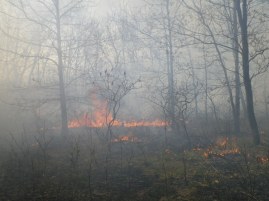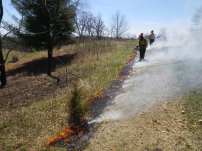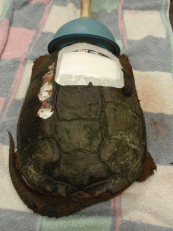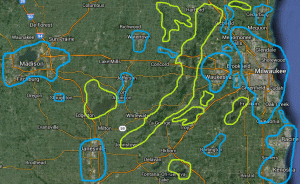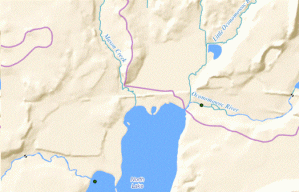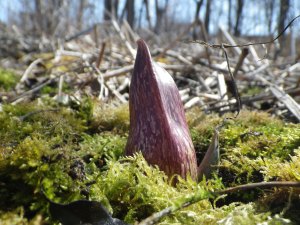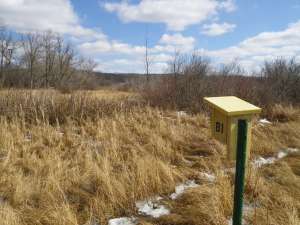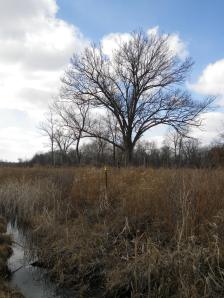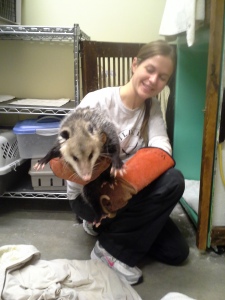Alas the end is in sight, but there is a mountain to climb before I get there.
“I went to the woods because I wished to live deliberately, to front only the essential facts of life, and see if I could not learn what it had to teach, and not, when I came to die, discover that I had not lived.” – Henry David Thoreau, Walden: Or, Life in the Woods
I have started the capstone closure internship for my Master’s Degree in Environmental Studies with an emphasis on Environmental Management and Planning at the University of Illinois at Springfield (a real mouth full), and I plan to utilize this blog to log the hours required. To explain the internship, well, I guess I could write a thesis that will never be read by anyone (nor published) or complete a research project that again, will advance the knowledge little, or instead get my hands dirty in the field and actually work the job.
As I am already a volunteer at the Scuppernong Springs Nature Trail in the Kettle Moraine State Forest – Southern Unit, it seemed natural to work the 240 required internship hours in the Southern Kettle Moraine. DNR Assistant Forest Superintendent Anne Korman agreed to sponsor the internship and a plan was written. My goal is to improve natural diversity and habitat at the Springs Trail, plus other projects and events that come about. There are certainly trail infrastructure projects that need addressed and the first and foremost issue is the invasive plant species that are choking out the native plant life.
It is easy to formulate grand restoration scenarios, but I must remain realistic in my planning. State Conservation Biologist Matt Zine gave me a welcome dose of reality when he explained that restoration takes a great many years, and that projects should be prioritized based on the time I have available to work at the springs. I have already spent some time working the trails, the woods, and placing nesting boxes, but here begins the official work. I am glad to have this opportunity.
May 10th – Whitewater Oak Opening prescribed burn with the Bureau of Natural Heritage Conservation. Nine hours tending firebreaks on a 200 acre burn. Classic Kettle Moraine topography, but overgrown with honeysuckle. The fire should keep woody invasives at bay for the season.
June 3rd – Scuppernong Springs Nature Trail – Pull white sweet clover near the Hotel springs and garlic mustard on the south end of sand prairie, east face of big kettle. Seven hours – 16 total.
June 7th – Scuppernong River – Place fill material behind coconut husk bio-logs in Scuppernong River to narrow channel and displace sediment. Pull watercress out of springs in big valley, south of Hotel Springs. Ten hours – 26 total.
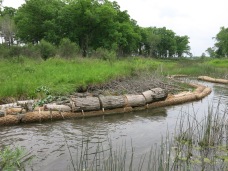

June 9th – Scuppernong Springs Nature Trail – Pull spotted knapweed from patches of lupine on sand prairie. Two hours – 28 hours.
So just as Thoreau did, while also ushering in a period of transcendentalism, I have chosen to enter the woods and learn the essential, natural, facts of life through sweat equity. There is a time for books to be closed and boots to be laced. I have 212 hours to go.





